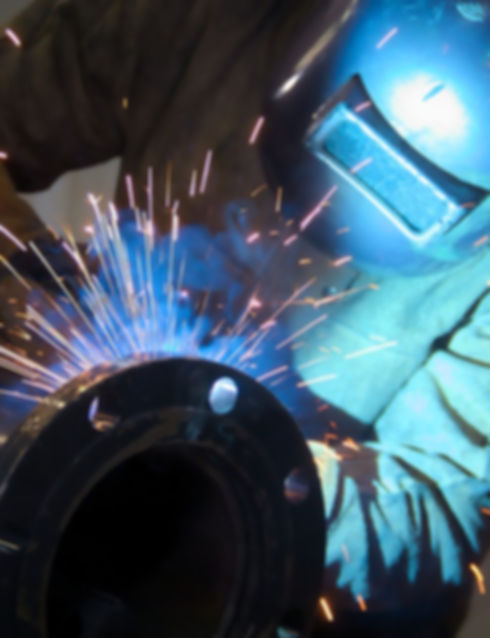
Services
Home > Services

Stainless Steel welding:
When welding stainless steel, warped metal, charcoal-colored welds, and frustration are all possible outcomes. While stainless steel has many of the same elements as carbon steel, it also contains alloying elements like chromium and molybdenum, which offers a unique set of issues when fusing two or more pieces of stainless steel rather than carbon steel. The amount of oxygen around the molten stainless steel pool must be kept to a bare minimum. When compared to aluminum or carbon steel, the weld pool will behave differently. Stainless steel has a low thermal conductivity, making deformation and heat input a major concern.

Mobile welding:
Depending on the application, mobile welding has many different aspects, but it can be one of the most lucrative methods to make a livelihood in this industry.
In most cases, mobile welders begin their careers by performing service calls in their local area. People will call a mobile welder if they have an emergency metal crack or break, as they will be able to address their problem quickly.

Titanium welding:
Titanium and most titanium alloys may be welded using a variety of techniques. In most conditions, well-produced welds in the as-welded condition are ductile and as corrosion resistant as the base metal. Improper welds, on the other hand, may get embrittled and corrode more easily than the base metal.
Welding titanium requires identical techniques and equipment as welding other high-performance materials like stainless steel or nickel-base alloys. Titanium, on the other hand, necessitates a higher level of purity and the usage of auxiliary inert gas shielding than these other materials. Air contamination of molten titanium weld metal must be completely avoided. Also, until temperatures drop below 800°F (427°C), hot heat-affected zones and the root side of titanium welds must be insulated.

Aluminum welding:
Aluminum is the material for decreasing weight while maintaining stability in bicycle or motorcycle frames, truck trailers, rail vehicle profiles, and space travel materials. A stunningly welded aluminum seam is also a terrific eye-catcher. Aluminum has become a vital component of modern manufacturing due to its low density and high strength. In addition to all of the benefits, there are some challenging components to refining this metal. Anyone who has ever burned a hole in an aluminum sheet by accident understands what we're talking about. Aluminum welding necessitates specialized knowledge and abilities.

Carbon steel welding:
The most often used metal is low-carbon mild steel, which is also the easiest to weld. Although most steel welding nowadays is done with coated electrodes or one of the consumable-wire arc welding processes, oxy-acetylene welding of steel is still widely used, particularly in thicknesses of 1/4 in. (6 mm) or less. Working on steel 1/8 in. (3 mm) thick, a well-trained oxy-acetylene welder can usually produce welds of higher quality and speed than the average arc welder.
